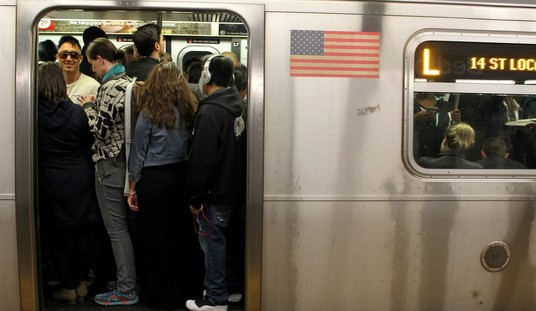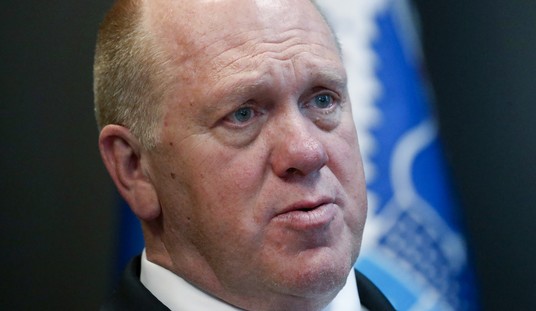PALO ALTO, Calif. -- Fifty years ago, Jack Kilby, who grew up in Great Bend, Kan., took the electrical engineering knowledge he acquired as an undergraduate at the University of Illinois and a graduate student at the University of Wisconsin to Dallas, to Texas Instruments, where he helped invent the modern world as we routinely experience and manipulate it. Working with improvised equipment, he created the first electronic circuit in which all the components fit on a single piece of semiconductor material half the size of a paper clip.
On Sept. 12, 1958, he demonstrated this microchip, which was enormous, not micro, by today's standards. Whereas one transistor was put in a silicon chip 50 years ago, today a billion transistors can occupy the same "silicon real estate." In 1982, Kilby was inducted into the National Inventors Hall of Fame, where he is properly honored with the likes of Henry Ford and Thomas Edison.
If you seek his monument, come to Silicon Valley, an incubator of the semiconductor industry. If you seek (redundant) evidence of the federal government's refusal to do the creative minimum -- to get out of the way of wealth creation -- come here and hear the talk about the perverse national policy of expelling talented people.
Modernity means the multiplication of dependencies on things utterly mysterious to those who are dependent -- things such as semiconductors, which control the functioning of almost everything, from cell phones to computers to cars. "The semiconductor," says a wit who manufactures them, "is the OPEC of functionality, except it has no cartel power." Semiconductors are, like oil, indispensable to the functioning of many things that are indispensable. Regarding oil imports, Americans agonize about a dependence they cannot immediately reduce. Yet their nation's policy is the compulsory expulsion or exclusion of talents crucial to the creativity of the semiconductor industry that powers the thriving portion of our bifurcated economy. While much of the economy sputters, exports are surging, and the semiconductor industry is America's second-largest exporter, closely behind the auto industry in total exports and the civilian aircraft industry in net exports.
Recommended
The semiconductor industry's problem is entangled with a subject about which the loquacious presidential candidates are reluctant to talk -- immigration, specifically that of highly educated people. Concerning whom, U.S. policy should be: A nation cannot have too many such people, so send us your Ph.D.s yearning to be free.
Instead, U.S. policy is: As soon as U.S. institutions of higher education have awarded you a Ph.D., equipping you to add vast value to the economy, get out. Go home. Or to Europe, which is responding to America's folly with "blue cards" to expedite acceptance of the immigrants America is spurning.
Two-thirds of doctoral candidates in science and engineering in U.S. universities are foreign-born. But only 140,000 employment-based green cards are available annually, and 1 million educated professionals are waiting -- often five or more years -- for cards. Congress could quickly add a zero to the number available, thereby boosting the U.S. economy and complicating matters for America's competitors.
Suppose a foreign government had a policy of sending workers to America to be trained in a sophisticated and highly remunerative skill at American taxpayers' expense, and then forced these workers to go home and compete against American companies. That is what we are doing because we are too generic in defining the immigrant pool.
Barack Obama and other Democrats are theatrically indignant about U.S. companies that locate operations outside the country. But one reason Microsoft opened a software development center in Vancouver is that Canadian immigration laws allow Microsoft to recruit skilled persons it could not retain under U.S. immigration restrictions. Mr. Change We Can Believe In is not advocating the simple change -- that added zero -- and neither is Mr. Straight Talk.
John McCain's campaign Web site has a spare statement on "immigration reform" that says nothing about increasing America's intake of highly qualified immigrants. Obama's site says only: "Where we can bring in more foreign-born workers with the skills our economy needs, we should." "Where we can"? We can now.
Solutions to some problems are complex; removing barriers to educated immigrants is not. It is, however, politically difficult, partly because this reform is being held hostage by factions -- principally, members of the Congressional Hispanic Caucus -- insisting on "comprehensive" immigration reform that satisfies their demands. Unfortunately, on this issue no one is advocating change we can believe in, so America continues to risk losing the value-added of foreign-born Jack Kilbys.
























Join the conversation as a VIP Member